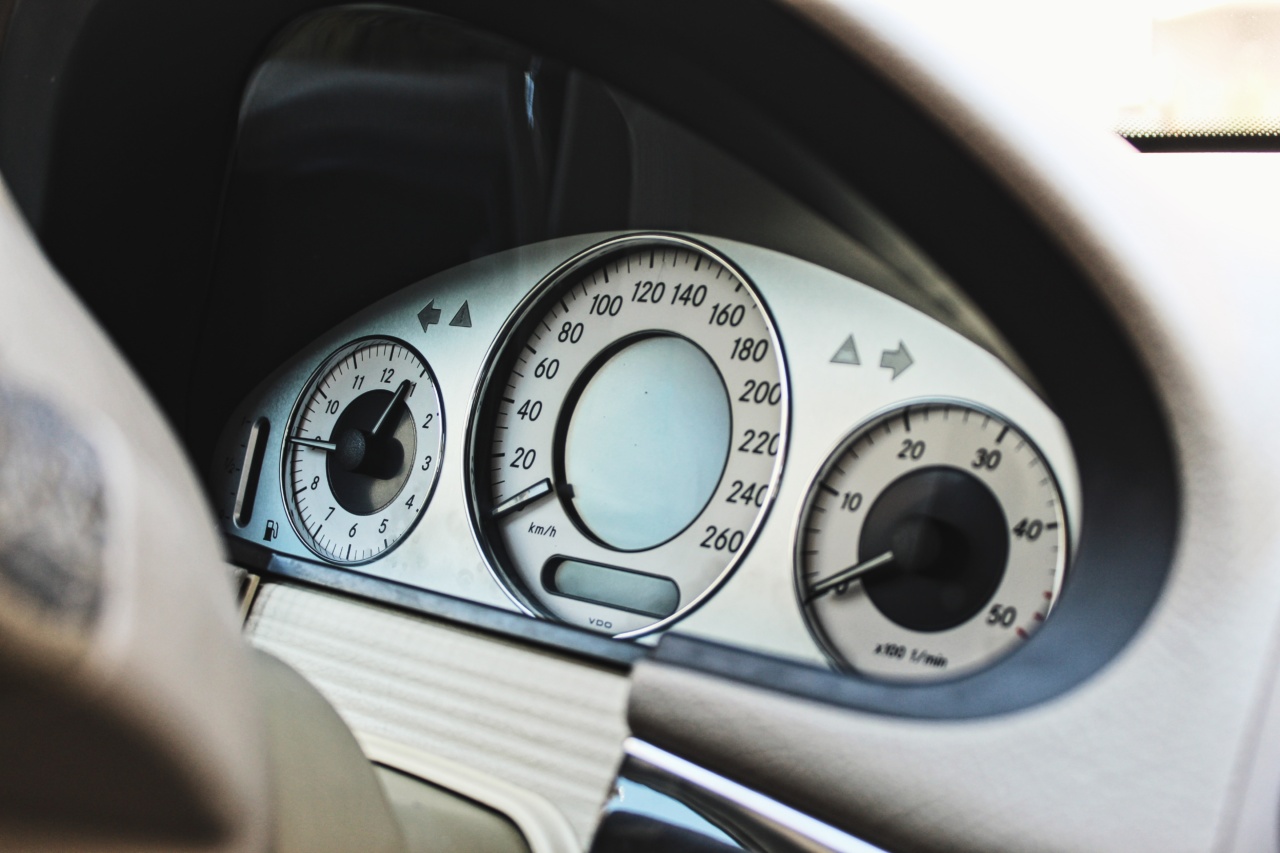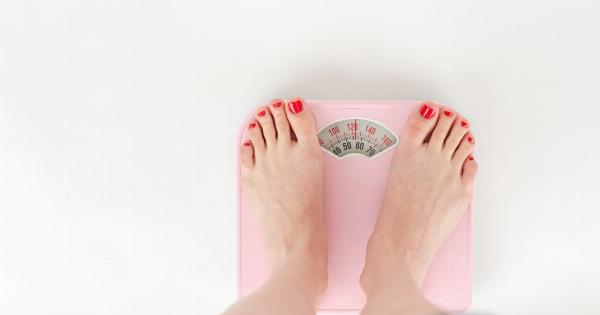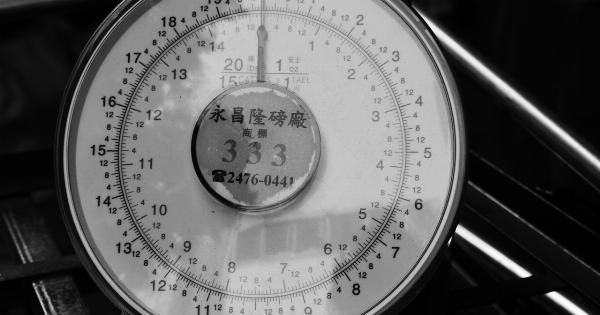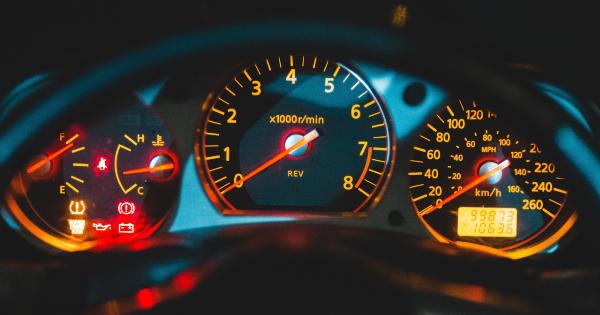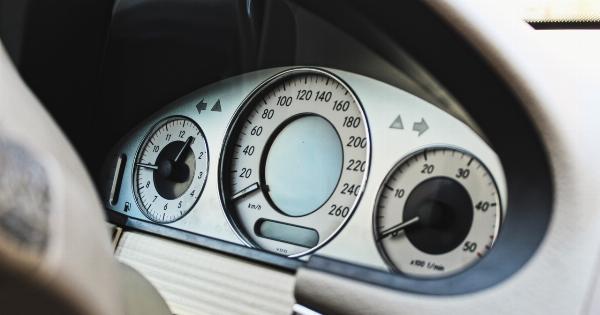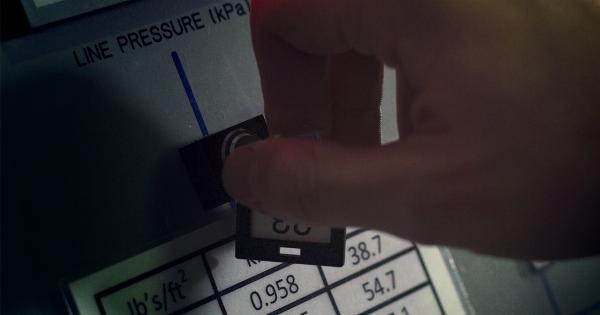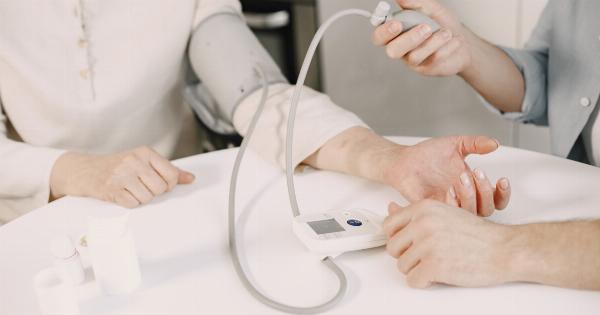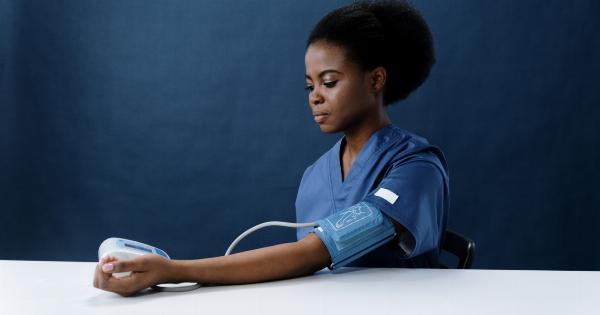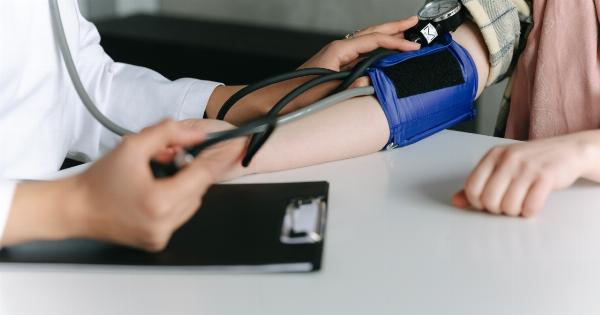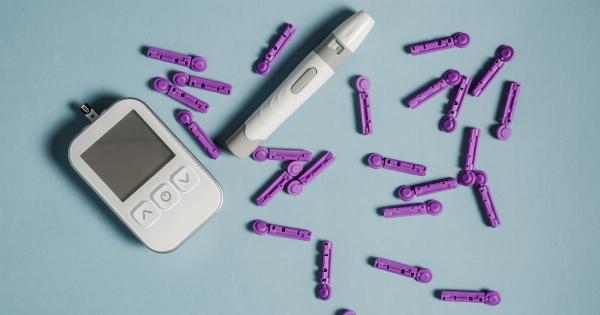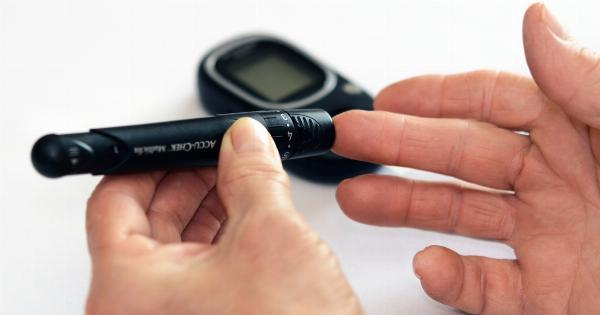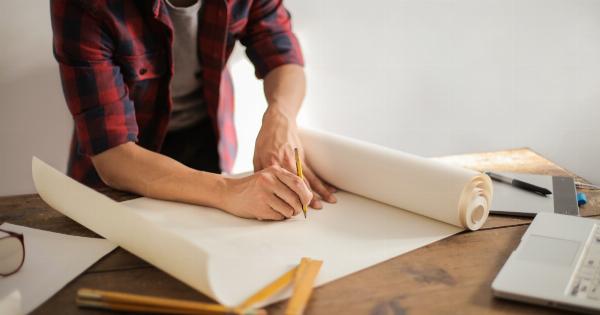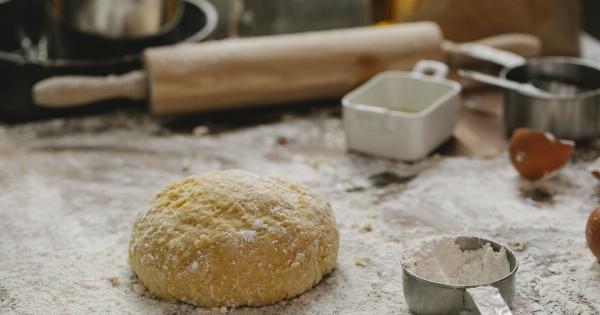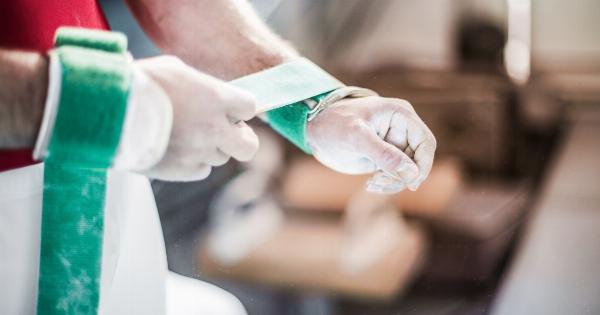Measuring pressure is a crucial part of many industrial processes. It can be used to monitor the performance of equipment, detect problems early, and ensure safety.
However, before taking any pressure measurements, there are a few things that need to be done to ensure accuracy and safety. Here are five things you should do before measuring pressure:.
1. Choose the Right Instrument
There are many different types of pressure instruments available, including gauges, transmitters, and sensors. Each type has its strengths and weaknesses, and not every instrument works well for every application.
Therefore, it’s important to choose the right instrument for the job. Some factors to consider when selecting a pressure instrument include the pressure range, the accuracy required, and the type of fluid being measured.
2. Calibrate the Instrument
Even the most accurate pressure instruments can drift over time, which can lead to incorrect measurements. Therefore, it’s important to calibrate the instrument before use.
Calibration involves comparing the instrument’s output to a known standard and adjusting it if necessary. Calibration should be performed regularly to ensure accuracy.
3. Check for Leaks
If there are leaks in the system being measured, the pressure readings will be inaccurate. Therefore, it’s important to check for leaks before taking any pressure measurements.
This can be done by visually inspecting the system for leaks or by using a leak detector. If leaks are detected, they should be repaired before proceeding.
4. Check the Environment
The environment in which pressure measurements are taken can affect the accuracy of the readings. For example, temperature and humidity can affect the behavior of fluids, and vibrations can cause errors in readings.
Therefore, it’s important to check the environment before taking pressure measurements and to take steps to minimize any potential sources of error.
5. Ensure Safety
Measuring pressure can be dangerous if proper safety precautions are not taken. Therefore, it’s important to ensure safety before taking any pressure measurements.
This can include wearing appropriate protective gear, using lockout-tagout procedures to prevent accidental start-up of equipment, and following any other relevant safety guidelines.
